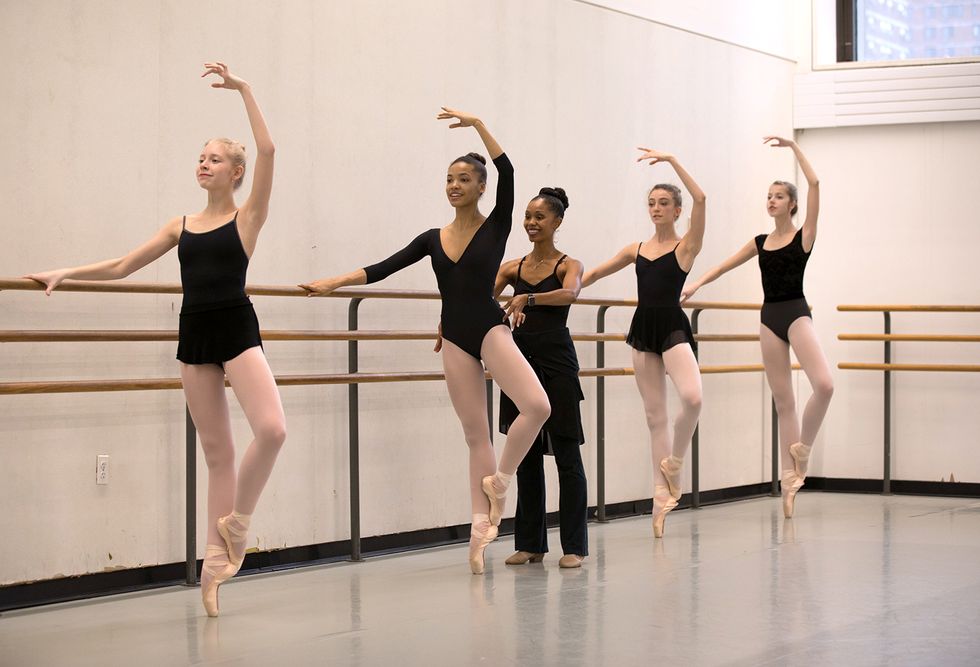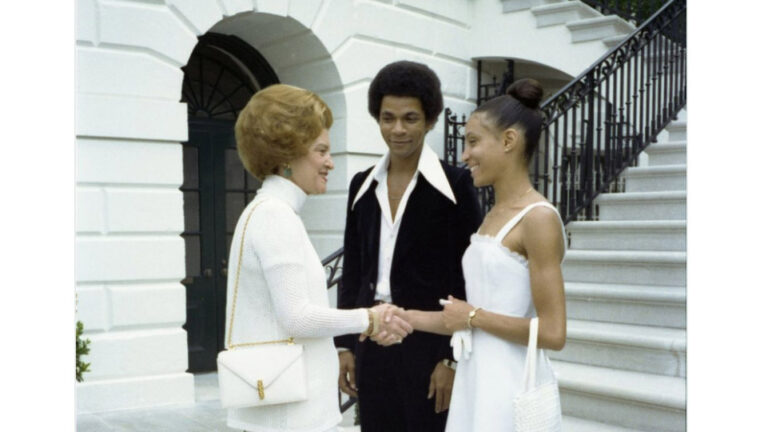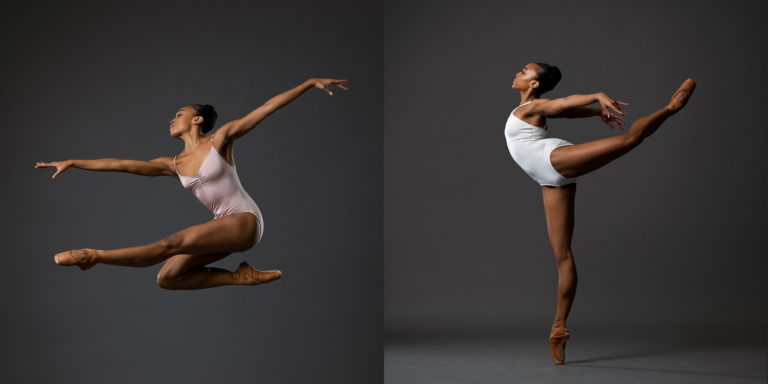
Aesha Ash is obsessed with movement. After training at the School of American Ballet and dancing with New York City Ballet, she traveled the world with Béjart Ballet Lausanne, Alonzo King’s LINES Ballet and Morphoses/The Wheeldon Company. Ash spent that time watching, absorbing and growing. Continuing to be curious about what can be expressed and achieved through movement, she quietly began teaching, guesting at SAB’s Workshop for Young Dancers in California beginning in 2016 and becoming the school’s visiting faculty chair from 2018–20; in addition, she earned two Pilates certifications and, through her Swan Dreams Project, created a summer camp in her native Rochester, New York, in partnership with the city.
Ash also has plenty of experience dismantling the boxes that others have attempted to place her in. The latest such instance came in August, when it was announced that she would be joining SAB as the school’s first Black female full-time faculty member. Although this news became public in the shadow of worldwide outrage and protests surrounding racial injustice and police brutality, her appointment was first announced to SAB faculty, staff and students in February. Dance Teacher spoke with Ash, a self-described “forever student,” about her new position and what she hopes to offer the students of SAB.
Congratulations on your appointment to full-time faculty at SAB! What does your hiring mean to you?
It’s an incredible, full-circle moment for me. There’s the weight of what this appointment means, because being hired as a full-time faculty member at SAB is, in and of itself, an honor. Adding to that is the weight of this historic moment that SAB has never had a Black female full-time teacher.
I feel this tremendous responsibility because it is a first. I think anyone who has experienced these sorts of firsts feels that weight on their shoulders. I’m honored and grateful for all the kindness and fanfare, but I have a job to do, and I’m really focused on wanting to give the students the best of me and to be the best teacher that I can for them.
You’ve worked with Maurice Béjart, Alonzo King and Christopher Wheeldon, and have two Pilates certifications. How will these perspectives inform how you teach Balanchine technique?
I think my first “aha” moment was when I started working with Chris. After leaving Béjart and going to LINES (where I mostly danced in flat shoes), I went back to “ballet ballet” with Chris. I started to feel what all that knowledge felt like in my body. There was thinking about circles and expansiveness, not trying to hide yourself, and being creative from Alonzo. There were things that I learned watching the dancers in Béjart—for example, a woman from Paris Opéra who was so supple and grounded. You need that grounded earthiness to come up and be quick.

Rosalie O’Connor, Courtesy SAB
Through my Pilates certifications I gained an understanding of that deeper connection with your core. You need to give in to the earth to ground in order to have that freedom and space within the joints, and a core connection to be able to achieve the speed needed for Balanchine.
I had to take my hand off that barre and lie flat on my back, and I had to sit in the studio watching other dancers from other backgrounds. It helps me to take a moment to chew on it, feel it and explore in a different way.
How are you planning to impart other valuable lessons you’ve learned along your journey as a dancer and teacher?
I try to help my students enjoy the process and not constantly think, “Oh my god, Workshop. Oh my god, am I going to get in?” Thinking about that in every class, tendu, turn doesn’t allow you to enjoy the moment. When you’re not fully there, you’re not getting any information. Being fully there could mean “Today sucks. It’s raining. My body’s hurting,” and it’s okay to be present in that. Maybe the leg doesn’t go as high today. Explore what 45 degrees feels like on your body right now. What information are you getting from that? If my students can become more present, then all the other stuff fades away and, beyond the fact that they’re gaining and learning more, they’re getting a little bit more pleasure out of the work.
In your TEDx Talk you said, “If you put a wall before me, no matter how tall or wide, I was going to do everything in my power to see beyond its limitations.” Yet again, you find yourself on the other side of another wall. What do you see in front of you?
The main thing is remembering myself as a student. I want to be there for any girl who is plagued with self-doubt, questioning if she belongs and struggling with her identity. This is an opportunity to, hopefully, lift up and encourage as many students as I can and remind them: “Don’t let anyone place a box on you.” I hope my students feel they can fall down, make mistakes and try things, like, “This is probably going to be totally ridiculous, but this is what my body’s telling me right now, and I’m going to go for it!”



